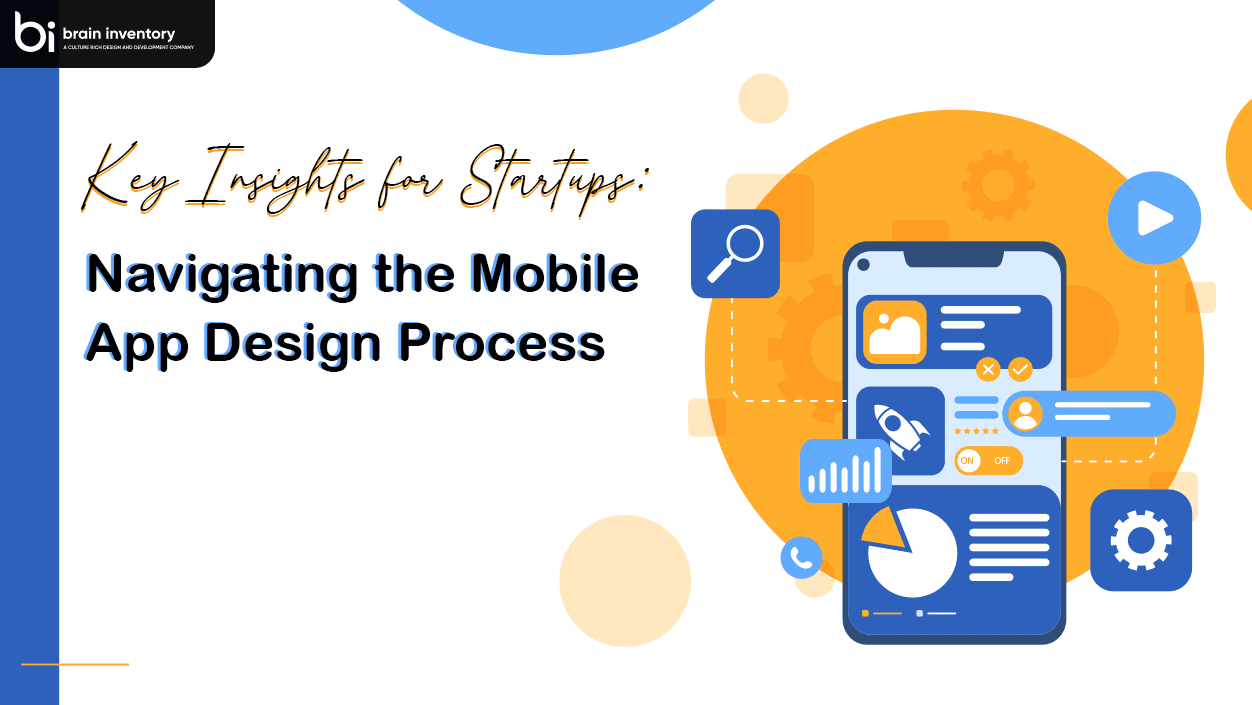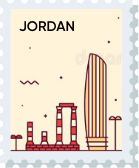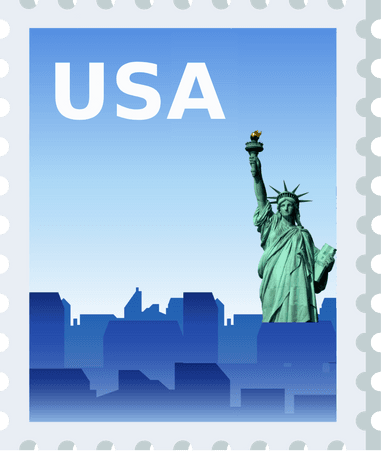Key Insights for Startups: Navigating the Mobile App Design Process

Quick Summary: Mobile apps are no longer just an extension of your business. With the widespread adoption of wireless devices, mobile apps have become the most convenient, direct way to reach out to your customers. Businesses across all industries can now deliver relevant information and services 24/7 at the user’s convenience without ever having to worry about brick-and-mortar stores.
Mobile App Design Trends
App designing is an integral component of building an app, which can have high value-addition to mobile marketing strategies. It has constantly been evolving since the emergence of new app stores and has become the basis for successful user engagement and retention. It is interesting to note how digital tendencies and patterns are changing and becoming a crucial consideration for app designers, particularly when it comes to developing an entrepreneur’s vision into a fully functional mobile application.
Advanced UI/UX Personalization
Personalization holds a lot of importance in the mobile app industry. It denotes consistency in the user experience which helps in establishing a long-term relationship with your customers and making them stay loyal to your brand without being forced. Artificial intelligence (AI) has been helping UI/UX for a while now and recently companies have been using machine learning to make personalized customer experience real.
Voice-controlled Interaction
The latest trend in mobile app development is voice user interface design. Voice user interface (VUI) is a feature that allows users to interact with an app through voice commands. It employs the natural and conversational language of the user which can incorporate text, speech, and multi-turn queries.
Passwordless Authentication
Passwordless authentication has been widely accepted nowadays. Passwordless authentication allows users to use other ways to log in instead of traditional password entry. Some types of passwordless authentication designs are already being utilized by the existing mobile apps such as fingerprint/ facial recognition. These designs prove really beneficial by avoiding the forgot password process and improving data security.
Handy Micro Animations
Captivating animations in mobile applications has become a useful trend. The ability to draw users through consistent state changes, impressive motions, and enriching visuals has made them a must to incorporate in mobile app development.
Chatbots Design
The language-aware chatbot application is the latest offering from the Google Cloud Platform that helps to create conversational interfaces. The system uses trained machine learning algorithms to understand human language and intent. This ensures that the chatbot can closely mimic natural conversations as it has natural language understanding capabilities.
The Importance of Mobile App UI And UX
One of the biggest challenges today when it comes to mobile application development is to create an app that hits both the fronts – features and functionality. But that is not entirely possible. Features would be what make users stick while functionality is what makes them recommend your product to others. If you get your app functional, it will start earning you more revenue. Not only that, but it will also let you expand your business reach and scale it up to a greater extent.
The right app UI and UX design is the key to delivering a high-quality user experience. Such elements will serve as the foundation of your mobile app. Your UX and UI design directly affect how you’ll take care of your user base, offering them a rich experience when using your product. Poorly designed apps have been known to annoy and frustrate users, turning them away from the product in general. Thus, it’s critical to deliver on-demand quality by providing users with a great experience that will hold their attention.
The mobile app UI/UX design is an imperative part of the app development approach. Therefore, you should follow some essential principles to support your mobile app development process and build a future-ready app.
Mobile App UI Principles
Structure
Design-driven Interface Architecture allows the designer to determine almost everything about your interface and distinguishes various elements making it easier to understand for users. It seeks to optimize objectives, goals, Website traffic, and marketing per popular guidelines which can result in more sales or conversion targets being met.
Simplicity
Efficient design is all about clarity, brevity, and usability. If a user cannot get to know the product or service in a matter of seconds, it means there is something terribly wrong with the design. The design should be simple and direct without using fancy graphics and glittery artwork to catch attention.
Visibility
The design is the foremost factor that can make the overall image of a website. The aesthetic appeal of a design should not only attract but also engage the visitor in an intuitive manner. The design of a website depends on the nature of the business.
Feedback
Design is a process approach for creating the most effective visual concept. It conveys the right message and conveys it in such a way that you reach the audience as intended. The objective of a designer is to generate something that will grab the attention of every individual who views it, plays it, or otherwise interacts with it.
Reuse
When you run a business, it is important that the design of your website is consistent with your business goals and branding. It must have the power and flexibility to facilitate the search engine ranking tactics used to reach the peak of SERPs (Search Engine Results Pages). The design must not only enhance the user experience but also reduce the need for you as a website owner to think twice about what you are doing. It must be modern and fresh in order to bring in potential clients who would later turn into potential customers.
Mobile App UX Principles
Adoption
Meaningful experiences hinge on the ability of users to achieve their objectives and accomplish tasks by setting up the app properly. Once an onboarding flow is defined, usability testing should be conducted to ensure proper sign-up and a smooth learning curve.
Utilization
The majority of mobile apps are designed for the purpose of delivering entertainment, accomplishing a specific task, or providing a more convenient way to consume content. Designers need to ensure that their work is clear, useful, and easy to use. There should be no room for confusion when it comes to UX design for mobile apps.
Reaction
The design should help guide the visitor through the conversion process. It should encourage quick actions and reactions, while also facilitating step-by-step navigation and strong affirmation when needed, especially for complex tasks such as writing a review or creating an account.
Return
The design for your app should be engaging enough to push users to return to it. Your design serves as the voice of your application. Each and every use of your application needs to foster an emotional connection with the users and must be able to help them take genuine delight in using it.
Accessibility
Accessibility can actually be used as an advantage in application development, especially when they are backed by universal access. What this means is that the app should be easily accessible to everyone, including people with disabilities. It should simplify the app visualization and improve the fundamental outlook to offer an extended experience through user-friendliness. There are tons of design options that might sound appealing to the ears but could possibly result in poor performance.
Best Mobile App Design Tools for 2023
Explore our selection of six essential tools to guide your mobile app development process toward informed design decisions.
- Maze
- Sketch
- Balsamiq
- InVision
- Adobe Photoshop
- Zeplin
Conclusion
An effective mobile app design strategy is a clear plan of action that helps boost your mobile app development. It is an intrinsic part of the app development process and dictates the type of users you aim to attract, how they engage with your app and the overall user experience throughout the application lifecycle.
Brain Inventory is a professional app design and development company. We’re a team of experienced designers, developers, and strategic partners dedicated to delivering the best experience to our clients–we call it passion that creates a 100% conversion rate. Brain Inventor has been instrumental in helping hundreds of businesses achieve success through the implementation of engaging, high-quality apps that deliver exceptional user experiences at affordable rates.

Have an idea?
Get in touch, we’d be
happy to hear from you
We are always looking out for new collaborations, whether you are a client who is passionate about a project or a talent who is interested in joining our team, our doors are always open.
locate us

India (HQ)
618, Shekhar Central, Palasia Square, A.B Road, Indore, Madhya Pradesh, 452001
+918109561401

United Kingdom
Brain Inventory, SBVS, 8 Roundhay Road, Leeds, UK, LS7 1AB
+18008209286

Canada
44 Main Street East Milton, ONCanada L9T 1N3
+4166696505

Jordan
185 Wasfi Al-Tal Street, Ammon Oasis Complex P.O Box 4724 Amman 11953 Jordan
+960770781000

USA
720 Seneca St Ste 107 Seattle, USA 98101
+1(206)6533419
if it's digital,we'll make it.
- Numetric - Online Accounting Software similar to QuickBooks
- Bloomia - Kegel exercise
- Virifi - Blockchain Powered Document Certification & Signing Platform
- Revolution Travel CRM - Custom CRM Built for Travel Agents
- Fatoura - Online Invoicing Platform
- My Fit Mantra - Your health partner
- Ocureel - Relation Building and video sharing Application